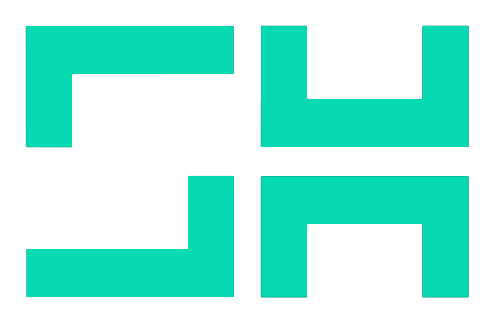
Challenges
Reliability normally means redundancy. We aim to change that.
Power electronics are prone to failure, so critical applications rely on redundancy to “ensure” availability. This reliance is expensive both in terms of CapEx and sheer bulk.
Even still, they fall short.
39% of downtime
Despite double or triple modular redundancy, conventional UPS and generator systems cause the lion’s share of datacenter downtime.
Uptime Institute
If redundancy is not sufficient to guarantee continuous operation, then inherently fault-tolerant design is needed. Reconfigurable, modular hardware could guarantee availability while reducing CapEx on redundant systems.
Conventional hardware’s shortfall in uptime is accompanied by the continued use of diesel for backup generation, and an ad hoc approach to on-site renewable energy integration.
As we see it, this current paradigm is unfit for the energy transition. This transition need not be a selfless act, but one which guarantees the energy security of critical infrastructure, security which can be further enhanced by removing potential points of failure.
Every conversion stage is not only a loss, but a potential point of failure.
Moving to DC distribution is therefore critical to simultaneously lower CapEx for power converters, OpEx for energy use, and improve the reliability of the system as a whole.
We want to replace disaggregated and fault-prone UPS and converter systems with a unified and fault-tolerant DC-DC multiport converter. One designed from the ground up to incorporate renewable energy for operation and backup.
That, is Super-HEART.



